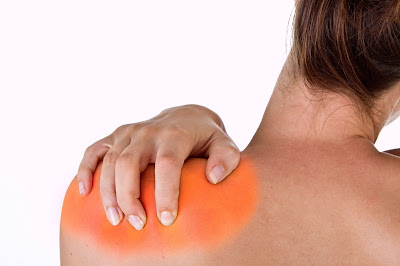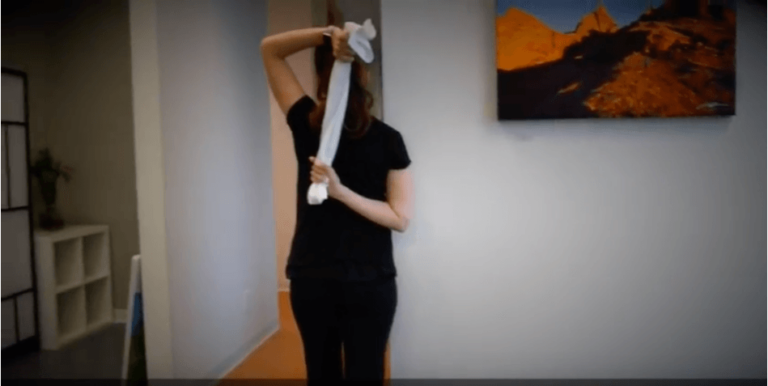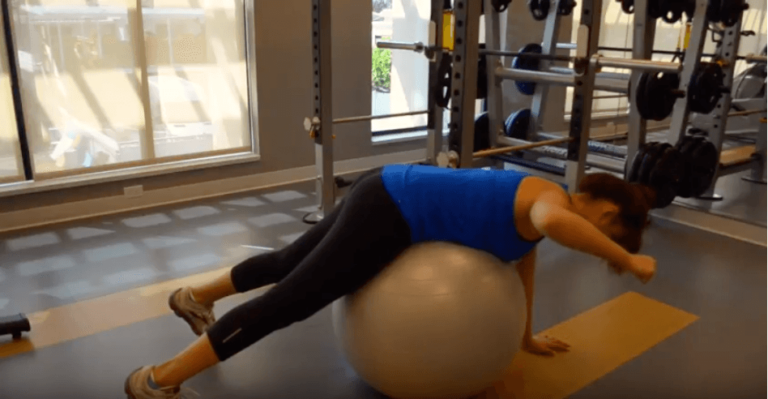How You Can Effectively Treat Frozen Shoulder (Capsulitis)
Frozen shoulder affects the joint capsule – a water tight compartment that holds the synovial fluid of the glenohumeral joint. A build up of scar tissue forms within and around the joint capsule, and restricts the shoulder’s physical ability to move without pain. Some of the tissue that surrounds the capsule forms two ligaments called the coracohumeral ligament and the glenohumeral ligament.
When you injure your shoulder you experience pain and stop moving it. However, this lack of movement is thought to allow the scar tissue to accumulate within the joint capsule as the damaged tissue heals. This is the reason that physical therapy and other means to reduce scare tissue are so important in recovery of all shoulder ailments or surgeries.
What confuses medical professionals is that some people who develop frozen shoulder have no other conditions. It starts as a stiffness in the shoulder, and progresses into pain and loss of ROM (range of motion) within the shoulder joint. Because of the pain and stiffness, the sufferer uses the shoulder less making the condition worse.
One of the most common, yet least often diagnosed causes of Frozen Shoulder Syndrome is myofascial trigger points in the muscles around the shoulder. Trigger points are knots or tender areas that form in overworked or injured muscles and which lead to pain and loss of mobility. Many people don’t think of Frozen Shoulder Syndrome as a particularly serious condition, but if you’ve actually suffered from it and have been unable to do everyday tasks such as getting yourself dressed, or have been in too much pain to sleep, it’s not something to be taken lightly.
A frozen shoulder is a persistently painful stiffness of the shoulder joint, which can sometimes lead to complete loss of movement. As well as a great deal of pain, people that suffer from frozen shoulder syndrome often experience a real loss of independence; imagine not being able to reach up to put on your seatbelt, never mind actually drive a car.
What Causes Frozen Shoulder Syndrome?
The tissue around the shoulder joint is known as a capsule. This is fully stretched when your arm is above your head, and hangs down when the arm is lowered. Many doctors believe that a frozen shoulder is caused by a thickening, swelling and tightening of this capsule of tissue, perhaps caused by scar tissue, which leaves little space for the bone of the upper arm to move in the shoulder socket, restricting movement and causing pain.
Frozen shoulder syndrome occurs in three phases:
Stage 1: The freezing or painful phase
Adhesive capsulitis causes pain and the shoulder to become immobile, or frozen. During this stage you develop pain and stiffness in the shoulder joint. As the pain increases, movement becomes more difficult and the shoulder is used less. Often your back and neck muscles start to ache as they work harder to compensate for fewer shoulder movements. This stage can last from a few weeks to a few months.
Stage 2: The frozen or stiffening phase
In the next stage, you will notice that the stiffness remains but the pain does not become worse and may even start to decline. This stage usually lasts anywhere from 4 months to nearly a year.
Stage 3: The thawing phase
Finally, you will find that the full range of movement begins to return to the shoulder joint. This stage usually takes a minimum of 5 more months but may take as long as 2 years.
Muscles Where Trigger Points Can Develop
The shoulder joint is very complex because it is designed to move in so many directions. There are around twenty muscles involved in shoulder movement and trigger points can develop in any of these.
A trigger point in one muscle puts increased strain on the other muscles as they try to compensate, meaning that they also develop trigger points. As each of the muscles that take part in shoulder movement develop their own trigger points, pain will spread around the shoulder area and movement will become more and more restricted.
Muscles that will most commonly develop trigger points leading to a frozen shoulder are the four rotator cuff muscles:
- Subscapularis
- Teres Minor
- Infraspinatus
- Supraspinatus
One of the difficult things about myofascial trigger points is that the pain can be referred from a muscle somewhere else in the body. With Frozen Shoulder Syndrome it would seem logical to focus on the muscles in the shoulder, but actually the pain could be caused by trigger points in muscles in the upper back, neck, chest or shoulder.
Exercises for Frozen Shoulder Syndrome
Stretching and exercising for a frozen shoulder should be done with caution, as it may just injure the muscles further, worsening trigger points and increasing pain and stiffness. Identifying and massaging out the trigger points causing the problem is essential before stretching and exercise is attempted.
Frozen shoulder syndrome is often treated with painkillers or corticosteroid injections, and sometimes even surgery. However, in many cases, trigger point massage by an experienced trigger point therapy provider such as Balance in Motion can greatly relieve and often completely cure Frozen Shoulder.
Once you have started therapy, you can aid your recovery by following an exercise regimen at home:
Back Shoulder Stretch. In a standing position, try to rest the hand of the problem arm on the opposite shoulder. Place the unaffected hand on the elbow of the problem arm and very gently pull it towards you. Hold for a few seconds, release and repeat five times.
Pendulum Swing. In a standing position, place your unaffected hand on the edge of a table and lean forward, letting your problem arm hang down vertically. Swing the arm forward and backward, side to side, and around in circles in both directions. Repeat each movement five times.
Umbrella Push. Sit down with your elbows into your sides, holding an umbrella in both hands out in front of you. Use your unaffected arm to push your problem arm so it turns outwards, keeping the elbow of your problem arm tucked into your side. Return to centre and repeat five times.
Hand Behind Back. In a standing position, hold your problem arm around the wrist behind you with your unaffected hand. Gently stretch the problem arm towards the opposite buttock and then slide it gently upwards as far as possible. Release and repeat five times. This is a more advanced exercise for when movement begins to return.




